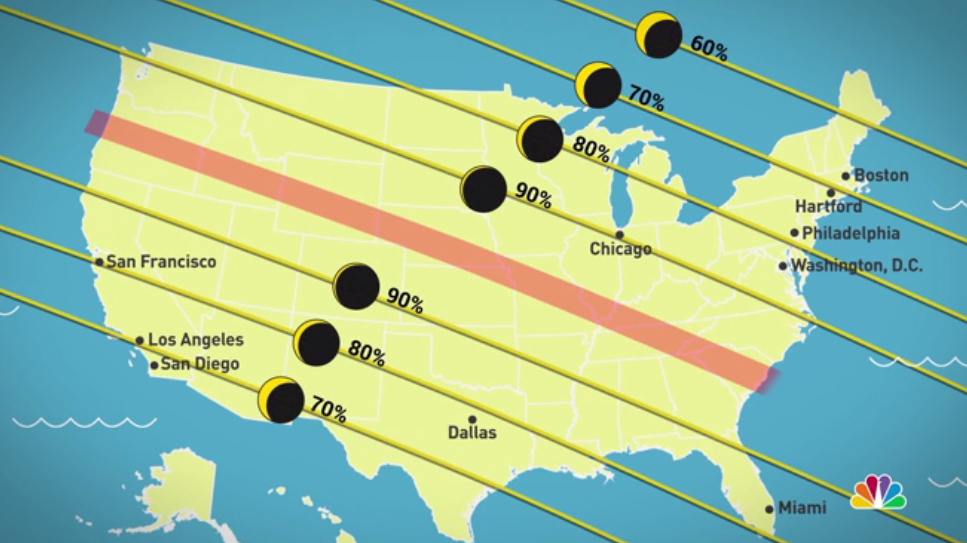

A few years later, in an acclaimed report on the state of participation in France’s poor neighborhoods, Mohamed Mechmache (of AC Le Feu) and the sociologist Marie-Hélène Bacqué pointed to the failures of the state in fostering civic engagement in the banlieues (Bacqué and Mechmache 2013). The three weeks of civil unrest resulted primarily in increased spending directed at these neighborhoods, aimed at urban renewal and the dispersal of “at-risk populations” in the name of “social mix.” In terms of organizing, some initiatives arose where the riots had started-such as the association AC Le Feu in Clichy-sous-Bois-and some tried to launch a Social Forum of Working-Class Neighborhoods (Forum Social des Quartiers Populaires in French), but these efforts were short-lived. Many progressive political parties actually condemned the riots as self-destructive and irresponsible behavior (Cortesero and Marlière 2015). 2015), they nevertheless revealed the inability of the French left to represent the sense of injustice experienced by poor neighborhood residents. While most social scientists agree that the riots cannot be understood as a form of irrational violence by mobs as many pundits argued (Lapeyronnie 2006 Bacqué et al.

These political and structural transformations were never clearer than in November 2005, during the three weeks of riots or “rebellion” that affected the banlieues.

While the French banlieues are not political deserts (Hajjat 2008), the long-run rise of electoral abstention and the decline of union and party membership are unquestionable (Braconnier and Dormagen 2007). Its decline since the fall of the Berlin Wall and in the face of deindustrialization, its internal lack of democracy, and its failure to adjust to the demographic shifts and postcolonial face of the French working class (Mischi 2015 Masclet 2003), has left working-class neighborhoods politically fragmented. Historically, the French Communist Party (PCF), embedded in factories and poor neighborhoods around Paris ( la banlieue rouge, or “red suburbs”) and other major cities, played an important role in the politicization, organization, and representation of the working class. How can a country with such a different political culture from the US be directly influenced by its social-movement tradition? And why would France, the birthplace of May ’68, of a century-long, union-organizing socialist tradition, and one of the most developed welfare-state systems in the world, need American community organizing? The depoliticization of the French banlieues Some neighborhood organizations have even tried to replicate the Alinsky model in its pure form, before moving towards an organizing model inspired by ACORN, the once-powerful organization of community-based activist groups. In recent years, French social movements have been increasingly influenced by the American community organizing tradition and especially by the work of Saul Alinsky.


 0 kommentar(er)
0 kommentar(er)
